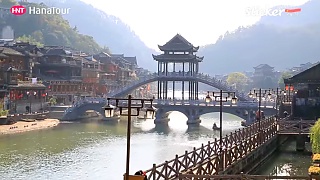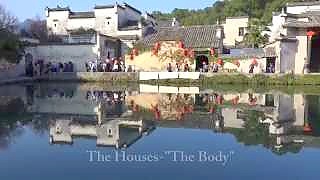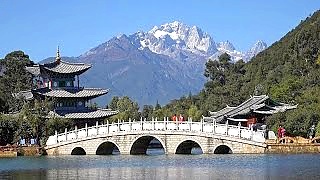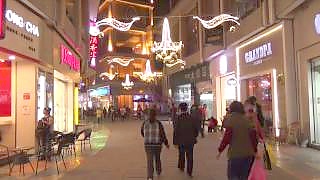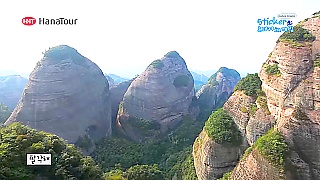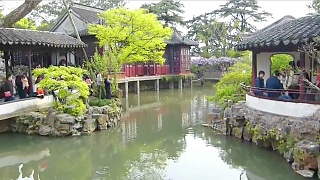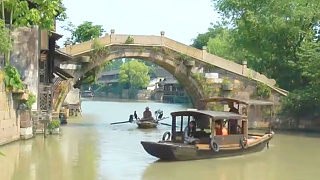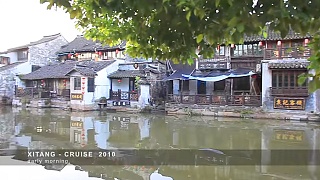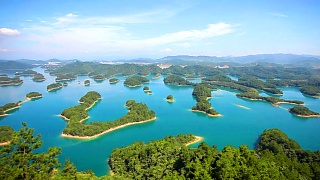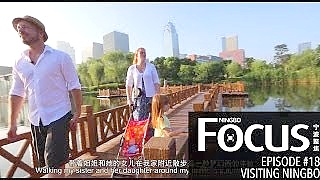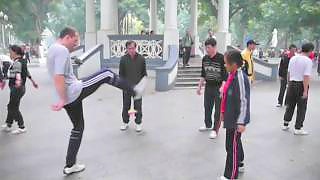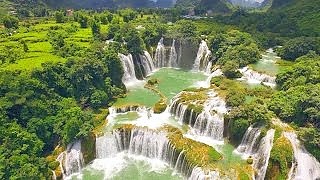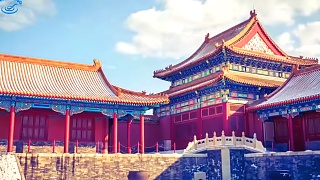With KiraVideo ...
[640],shadow=true,start=,stop=Welcome to ShaoXing
Discover the rich history and cultural heritage of Shaoxing, China.
Introduction
Shaoxing is a city located in the Zhejiang province of China, known for its rich cultural heritage, ancient architecture, and scenic waterways. It is renowned for its historical significance and contributions to Chinese literature, arts, and politics.
Location
Shaoxing is situated in eastern China, within the Zhejiang province. It is approximately 200 kilometers southwest of Shanghai and 60 kilometers southeast of Hangzhou.
History
Shaoxing boasts a history that spans over 2,500 years. It has been an important cultural and economic center since ancient times. The city is famous for being the hometown of notable historical figures such as the ancient calligrapher Wang Xizhi and the modern writer Lu Xun. Its rich cultural heritage is evident in its well-preserved ancient architecture, traditional water towns, and numerous historical sites.
Attractions
- East Lake (Donghu): A beautiful lake surrounded by cliffs, known for its serene boat rides and picturesque scenery.
- Lu Xun's Former Residence: The home of the famous Chinese writer Lu Xun, now a museum dedicated to his life and works.
- Orchid Pavilion (Lanting): A historical site where Wang Xizhi composed the famous calligraphy work "Preface to the Poems Composed at the Orchid Pavilion."
- Shen Garden: A classical Chinese garden known for its romantic associations with the famous poet Lu You and his love story with Tang Wan.
- Bazi Bridge: An ancient stone bridge offering scenic views of the surrounding canals and traditional buildings.
- Qiu Jin's Former Residence: The former home of Qiu Jin, a well-known female revolutionary and poet.
- Da Yu Mausoleum: The mausoleum of the legendary figure Yu the Great, known for controlling floods and founding the Xia Dynasty.
- Keyan Scenic Area: A picturesque area featuring ancient caves, rock formations, and traditional Chinese architecture.
Activities
- Exploring historical sites and museums
- Taking boat rides on scenic waterways
- Enjoying traditional Chinese gardens
- Sampling local cuisine and Shaoxing wine
- Participating in cultural festivals and events
- Shopping for local handicrafts and souvenirs
Facilities
- Visitor Center
- Restrooms
- Gift Shops
- Cafes and Restaurants
- Parking Lots
- Guided Tour Services
- Public Transportation
- Hotels and Accommodations
Visitor Tips
- Wear comfortable walking shoes.
- Bring water and snacks, especially if you plan to stay for several hours.
- Visit early in the morning or late in the afternoon to avoid crowds.
- Check the weather forecast and dress appropriately.
- Respect the cultural and historical significance of the site; behave appropriately and follow all rules and guidelines.
- Take advantage of guided tours to learn more about the rich history and culture of Shaoxing.
- Try the local cuisine, especially the famous Shaoxing rice wine and local dishes.
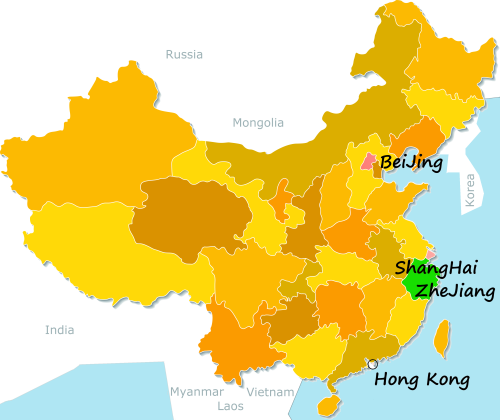
 ShaoXing city and ancient water town, ZheJiang province
ShaoXing city and ancient water town, ZheJiang province